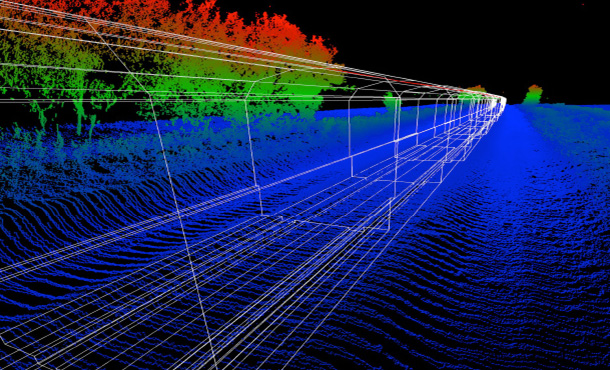Components
Training Data Creation
Training data created as a service. Engineering grade annotation guides developed an annotation creation pipeline built with the ultimate accuracy requirements in mind.
Deployment of AI Models
New models are trained, distributed, deployed and managed systematically using only the best performing models and constantly monitored systems.
Inference of data
Customer data is processed (inference), and Machine learning results are generated and qued for review by trained operators or inspectors.
Railway native machine learning platform
We built our ML architecture, processes, workflows and toolkits in the course of conducting railway projects. Each component was designed specifically to work optimally in the context of railway data handling and solutions.
Entirely developed in-house for optimal control over the quality
Machine learning stack wholly built internally by a PhD led team offers the ultimate in flexibility for how the system can be deployed and the applications that can be created to solve railway problems.
Extreme attention to detail results in engineering-grade outputs
We understand what the different engineering requirements and system dependencies are. We have developed a training pipeline to ensure extremely high-quality training data and the ability to understand optimisations and deficiencies.
The Features

Data augmentation pipeline
Offering the ability to generate augmented training samples to improve the accuracy and resiliency of ML pipeline.

Reinforced learning
When an element is detected, the review process ensures new learnings are input into the models to reinforce learnings of the model.

Multiple data types
Offering a flexible pipeline with the ability process geospatial data from Lidar, imagery and video with higher model capacity ensure more complex detections are possible.

Hyperparameter optimisation
Models to optimise the required architecture to suit the desired data workflow pipeline.

Human-in-the-loop optimisation
Enables AI outputs to be reviewed by subject matter experts, continually refining and improving the accuracy of the models.

Flexible model framework deployment
Enables creating training data, deploying new AI models and adopting the latest in AI academic research.

